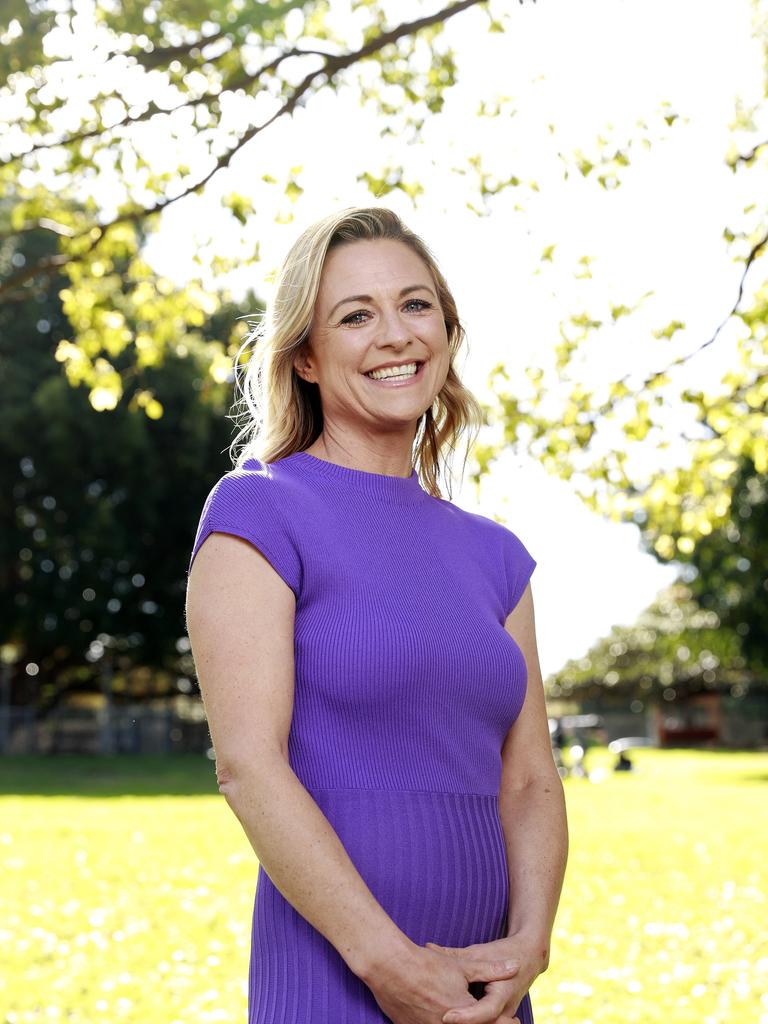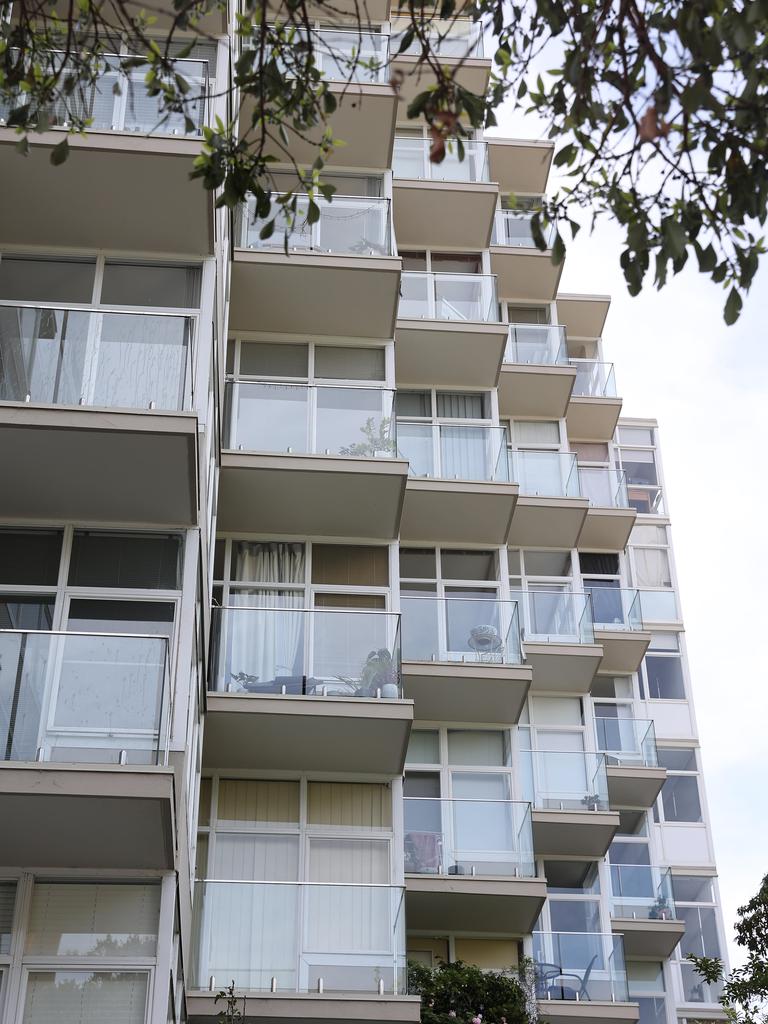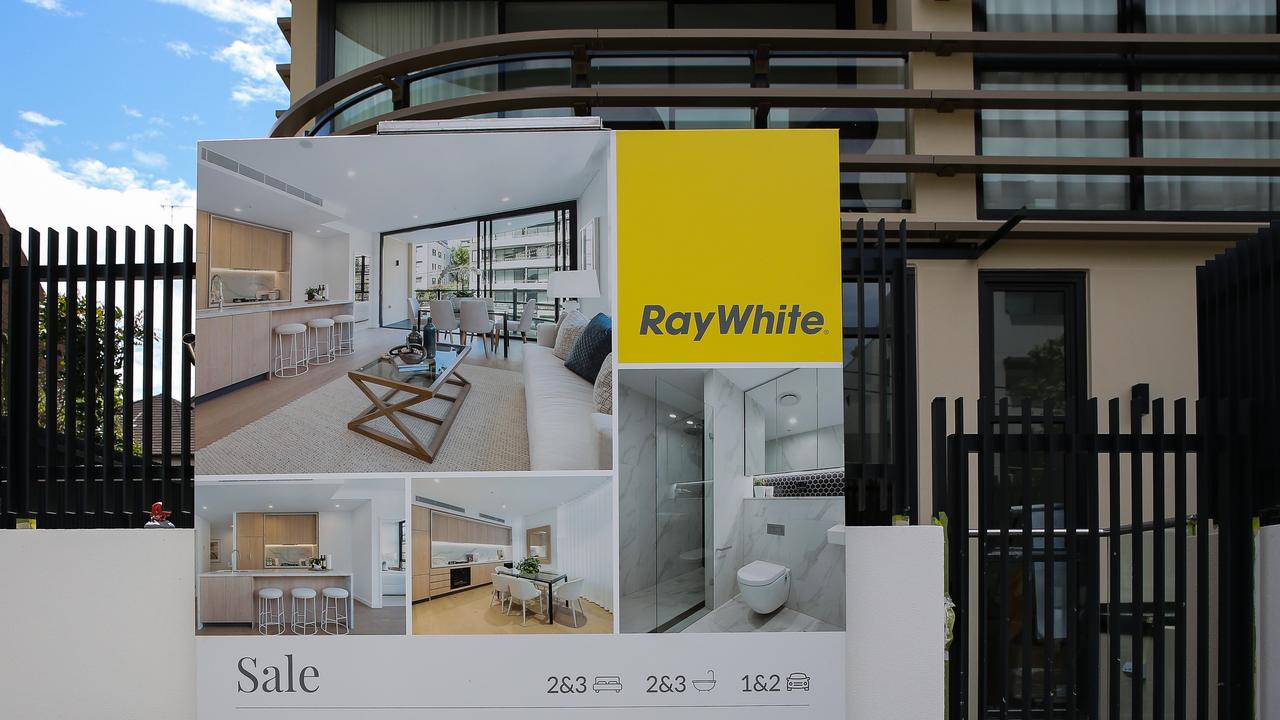Here’s how much the average Aussie can borrow now
An eighth rate hike has seen borrowing capacity plunge by more than 20 per cent. Here’s how much the average Aussie salary can borrow now.
An Aussie on an average salary can borrow almost $140,000 less than they could in April after eight interest rate hikes, making it much harder to break into the property market.
The RBA’s latest 0.25 per cent hike on Tuesday took the cash rate to a 10-year high of 3.1 per cent, up from a record low of 0.1 per cent.
The successive hikes added $91 to monthly repayments on the average $600,000 mortgage, with typical borrowers set to pay $934 more than they did in April.
As Australians feel the pinch, banks have seen a significant rollback in how much they can lend prospective buyers.
A worker earning the average full-time salary of $92,030 can now borrow $138,900 less than they could before the hikes began – more than a 20 per cent drop.

According to analysis by RateCity provided to news.com.au, a single professional with no children or other loans could borrow $684,100 back in April, but the latest rise has reduced that to $545,200 – and that’s assuming they have minimal expenses.
The median price for a unit in an Australian capital city is $618,375 - more than $70,000 out of reach for the average buyer.
The median price for a house, meanwhile is a whopping $869,604.
It makes Perth – where the median price for a house was $585,989 last month – the only capital city still within reach for the average worker.
RateCity’s figures are based on the average variable rate with a big four bank rising to 5.01 per cent in December, up from 2.24 per cent in April, before rates were hiked.


A typical borrower, however, is often a couple or young family with more than one income to lean on, giving a small slice of hope to those aspiring to get out of the rental churn, said RateCity research director Sally Tindall.
“This mostly impacts people who are planning to borrow every last cent they possibly can from the bank, or almost every last cent they possibly can,” Ms Tindall told news.com.au.
“Banks have told me previously that, of people getting loans, about eight per cent are borrowing at capacity. We don’t know how many people are borrowing at near-capacity.
“One rate hike might not rattle people’s household budgets, but now eight has really sliced people’s budgets to the point that they can no longer buy property.”
For a couple earning $138,045, with one spouse on the average full-time wage and the other working part-time for $46,015, their borrowing capacity has fallen by 22 per cent.
This couple in April could borrow $878,400, but the eighth rate rise has seen that drop by $193,700 to $684,700.

With a 20 per cent deposit, this couple – who could have bought a $1.09 million house in April — can now only borrow for an $855,875 home.
The plunge in borrowing capacity has a “knock-on effect” on house prices which is already being felt, Ms Tindall said. National house prices fell in November for the seventh consecutive month.
Meanwhile, as people are priced out of home ownership, the rental market becomes strained.
“You still need a place to live, you need a roof over your head,” Ms Tindall said.
“The demand (for rentals) is still there and on the rise … The rental problem is felt acutely in certain areas, definitely some more than others, and there is no quick fix.
“In the meantime, there is a lot of people struggling for a place to live because they just can’t afford it.”






